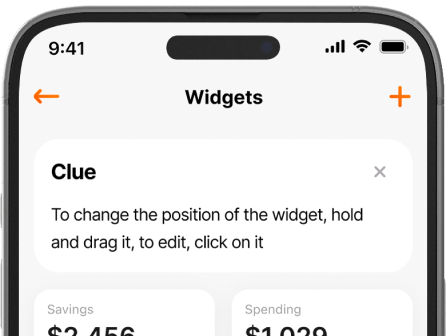Budgeting
The first and most important dimension of financial life is budgeting.
A well-planned budget is like a tailwind for a sailboat—you can't start moving in the right direction without it! To get yourself on course, then, you’ll need to follow four main steps as you go through this dimension:
- Create a budget
- Manage and adjust your budget
- Focus on saving at least 20% of your income
- As your income grows, increase your spending by less than 50% of that growth
This may actually be the most important of the four dimensions since it creates a solid base upon which you can build your other financial habits. It’s not all about planning and calculating, though! 90% of your success in budgeting depends on your ability to practice self-discipline and good financial habits. This is where many people fall short of a healthy financial lifestyle: they don’t realize that controlling their money means controlling themselves.
1D + Debt
Next, you’ll need to learn how to manage the second dimension: debt.
Debt is often the easiest way to finance your goals, but it’s also the most dangerous—interest payments can pile up, and failing to pay can ruin your finances. It does have benefits, but you’ll really need to understand how and when to use it! To be successful in the debt dimension, you should:
- Create a debt plan
- Monitor and improve your credit score
- Avoid high-interest loans
- Reduce your debt servicing costs
One key aspect of handling debt is learning how to prioritize your material goals, distinguishing your more important objectives from the less important ones to curb your impulse buying. You’ll also need to be sure that you understand how your finances measure up against your debt servicing costs so you don’t get yourself into so much debt that you find yourself unable to make payments.
2D + Insurance
The third dimension, insurance, helps you maintain your peace of mind even if there’s an emergency. Nobody plans to have a house fire, a car accident, or a medical problem, but they do happen, and having an insurance company pay off bills that might otherwise financially ruin you is, of course, a massive weight off your shoulders! In order to fully build out your third dimension, then, you need to create a financial plan for emergencies, specifically by doing the following:
- Building an emergency fund.
- Buying life insurance.
- Using health insurance.
- Getting personal property insurance.
It's a pretty simple formula, but once you have it set up, your financial life will become more predictable and stable and you will have a margin of safety in case of emergency.
3D + Investment
Why invest rather than simply put your money in a savings account? Well, as soon as you start saving money, you’ll encounter inflation—your money will become a little less valuable every year. While it won't significantly affect your short-term goals (1-2 years), it will chip away at your savings towards long-term goals (10-20 years), since you’ll be losing purchasing power every year. That’s why your financial life needs a fourth dimension: investing! Some important rules you should follow here are:
- Make your money work for you
- Be aware of risks and control your exposure to them
- Don't put all your eggs in one basket
- Focus on low-cost investments
Once you learn how to control the fourth dimension, you will be able to make the banks' most powerful tool—compound interest—work for you. A good investment plan can outpace inflation and generate passive income, so, long-term, you may end up far ahead of where you would be with a simple savings account!

